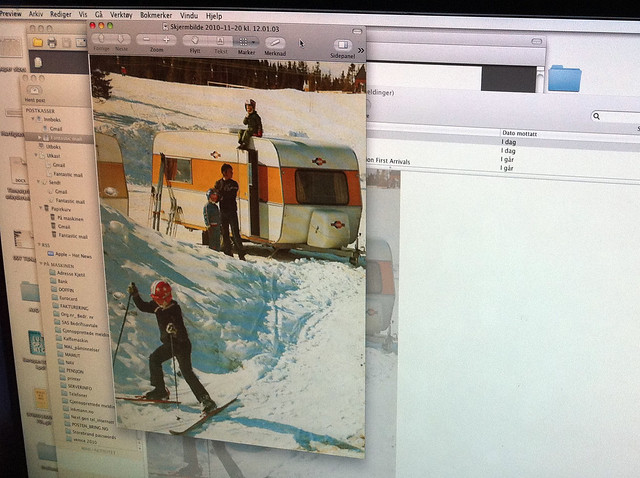
The first caravan designed for transport by car was launched by English Eccles in 1919. In Norway this form of holiday got popular in the 1960s. Researchers who have studied the phenomenon of "happiness" mean Norwegians have never been more HAPPY than in this period, when the country "was built" right after the war. Caravan culture was a part of this movement and are still for many people linked to this era.
Camping was perceived as something FRESH, new and ULTRA MODERN: The ability to drag a small house after a car was a quantum leap in terms of everyman´s opportunity to experience new and exciting places. This revolution, coupled with postwar optimism, can be described as the camping tourism´s golden age.
Today, this form of tourism has a checkered reputation. For many, this culture is synonymous with the term "tacky". From being a holiday choice for all types of people and families, today it represents a narrow sociological niche. For many, camping has become a description of a given set of values and formal language, rather than a way to vacation on.
This development has multiple and complex causes. One of the most obvious is that many destinations around the world today is far more accessible, both physically and economically, than in the postwar period. This has helped to marginalize the group of people who choose camping as a holiday. Moreover, one can argue that the camp culture's inability to evolve with time can also be a reason.
If one disregards the cultural and sociological conditions of tourism and camping camp boils down to the essence, what is then really there to camp? In brief, one can sum it up with "a holiday without having to stay at the hotel / hostel. In itself, this is not directly tied to a narrow sociological niche. Actually, quite the contrary!!

No comments:
Post a Comment